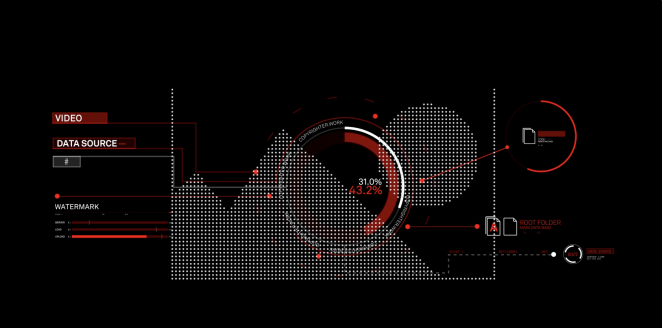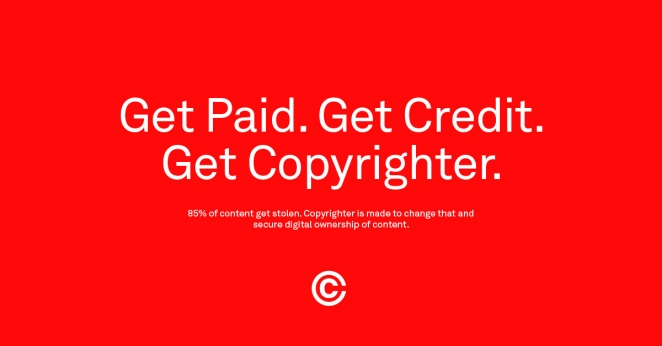Ownership is one of the fundamental principals of capitalism. It’s also something that has become significantly less tangible in the digital age, as everything from our entertainment to our work has been turned into ones and zeros.
In such an environment, the concept of ownership is shaky as best. That’s why you might not feel bad about downloading a movie illegally from a torrent but you’d never dream of stealing a DVD from a store shelf. Can something as intangible as digital code ever truly be owned?

The answer, it transpires, is yes actually, it can. Just look at the rise of NFTs in the last 12 months. They might still sound like jokes to some but others have been making a legitimate effort to bring the idea of the NFT into the mainstream.
One company, however, has decided to simplify the digital ownership process and give creatives more direct control of their media. They are not allowing you to sell a license to your work but the work itself and then track and trace where it’s being used across the world wide web.
The right to copy
Created by digital distribution platform IndieFrame, Copyrighter is a tool that allows content creators to take digital ownership of their images and videos potentially make a livelihood from them.
I’ve spoken to hundreds of individual content creators over the years that have experienced their work being reused without credit or payment. Indeed, of the more than 3 billion pieces of content uploaded to the internet every day, more than 85% are stolen.
Copyrighter aims to address this problem by enabling content creators to take digital ownership of their content and track it across the internet. Devised by Uncle Grey, it is essentially a platform that also functions as a watchdog for duplicate or stolen content and, for many, it could prove the ideal middle ground between doing nothing and going “full NFT.”
How does it work?

When a creator uploads content to Copyrighter, a code is embedded in it using a patented steganographic process with an encryption key to decode it, allowing the creator to track it online.
This watermark is unremovable by design and cannot be reverse engineered. So it still detects images and videos after compression, cropping, scaling and even if content is made into a screenshot.
Once a user has uploaded their image or video to the Copyrighter database, the engine tracks images and videos across millions of websites and alerts the user if an asset is uploaded online. This ensures content creators get paid and / or rightful credit, which helps reduce the theft of content worldwide.
Copyrighter is free to use. To access a premium version with unlimited uploads, however, users must sign up. Honestly, it sounds like a pretty simple and elegant solution to a problem that should have rightfully been eradicated years ago.








